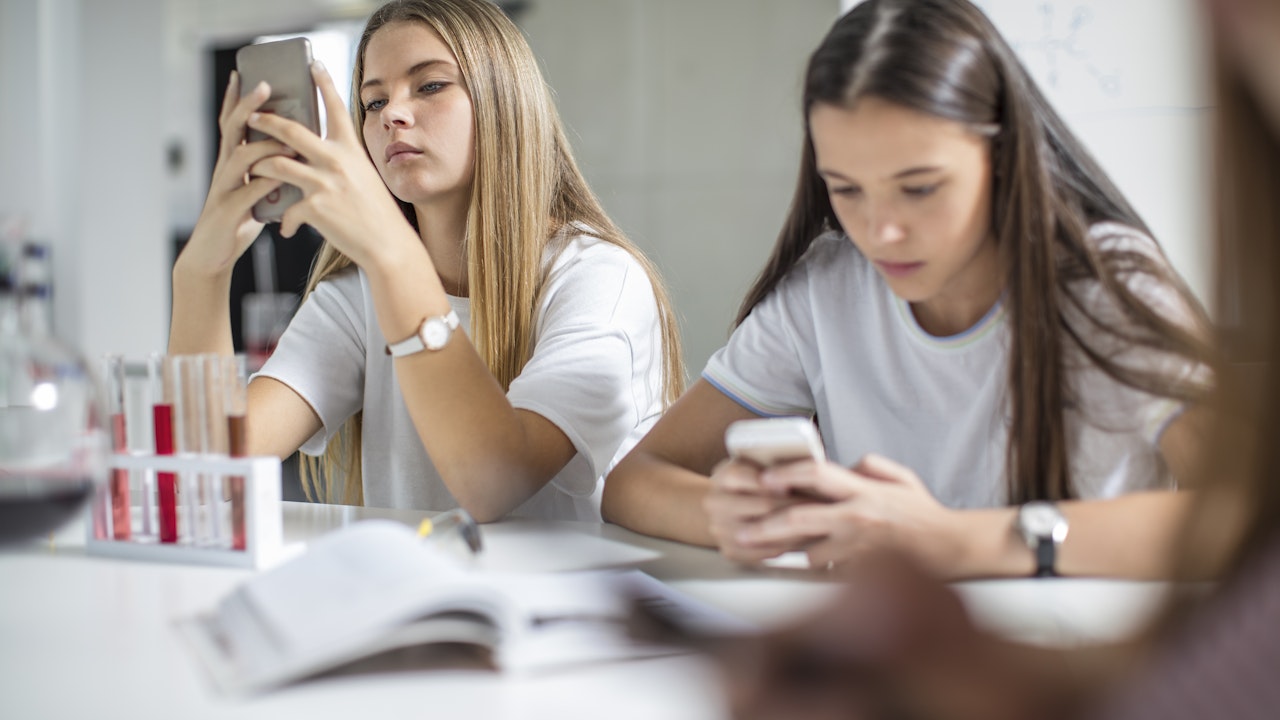Homepage
•
Learning Library
•
Blog
•
Do Smartphones Belong in Schools? A Look at Different Approaches
Expand breadcrumbs
Expand breadcrumbs
- Learning Library
- Blog
- Do Smartphones Belong in Schools? A Look at Different Approaches
- Homepage
- •
- Learning Library
- •
- Blog
- •
- Do Smartphones Belong in Schools? A Look at Different Approaches
Do Smartphones Belong in Schools? A Look at Different Approaches
By Jennifer Snelling
January 8, 2024








